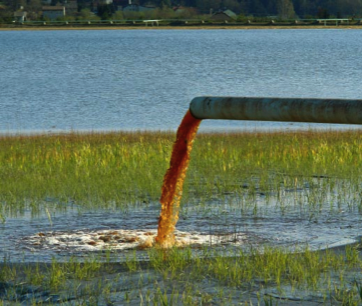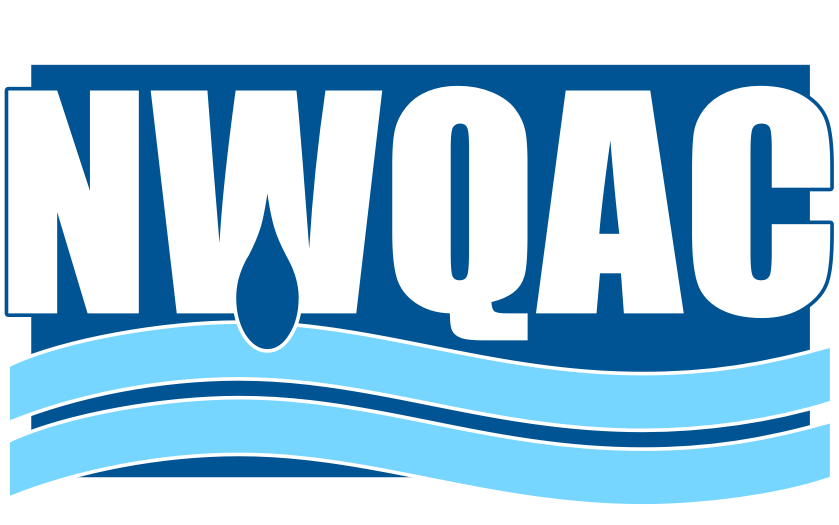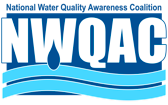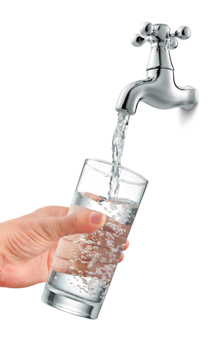
Big corporations dump hazardous waste into it. Farmers contaminate it with fertilizers, herbicides and pesticides. Then, municipalities strain it, pump it full of more chemicals like chlorine, chlorine dioxide, ozone and fluoride, then force it through miles of old pipes to your kitchen sink. Pipes which are oftentimes over 100 years old.
So, what’s really in that stuff coming out of your kitchen faucet?
With class action lawsuits against municipalities, outbreaks of lead contamination from old pipes and movies like Erin Brockovich, do you really expect your local water treatment plant to tell you your water is anything but safe? Water treatment plants live in constant fear of being sued by consumers, so don't expect them to even hint that your water isn’t “pristine."
Water treatment plants are tasked with a difficult job. Most water processed by municipalities isn't even used inside the home, let alone for human consumption. So, it makes no sense (financially) to deliver ultra pure water throughout the city; it's cost-prohibitive. It makes far more sense (again, financially) to deliver a “utility-grade” water; water that meets minimum standards set by the Environmental Protection Agency (EPA).
Municipalities do the best they can, but the budgetary demand is overwhelming. To be fair, utility-grade water in the United States is better than many other nations around the globe, but it is NOT perfect and there is nothing wrong with informing and educating consumers about municipal water quality. Water treatment plants and municipalities need to acknowledge they provide a utility-grade water. There is room for improvement both in quality and aesthetics like odor, and taste.







